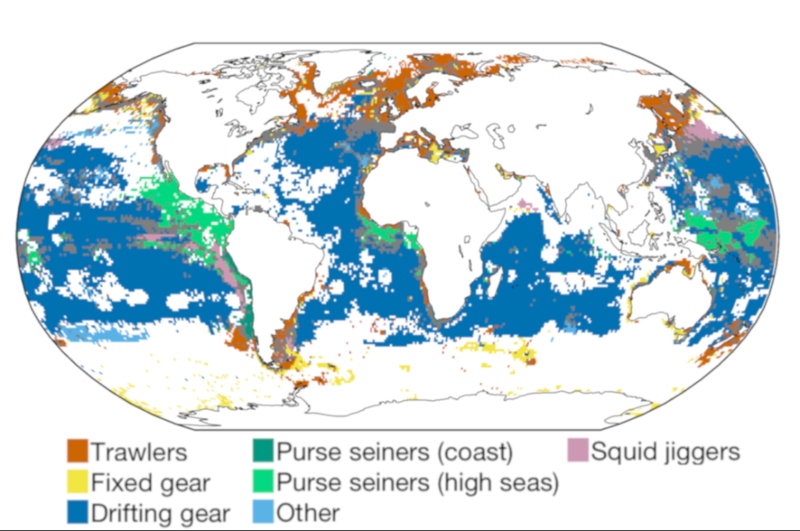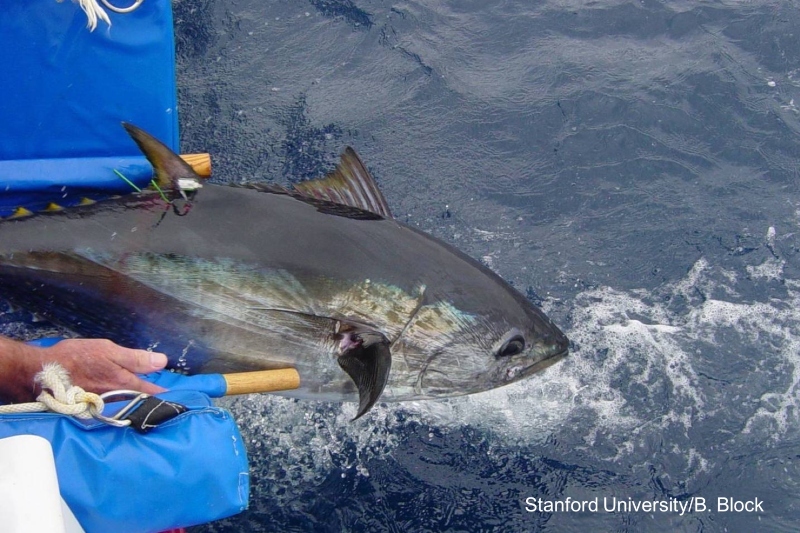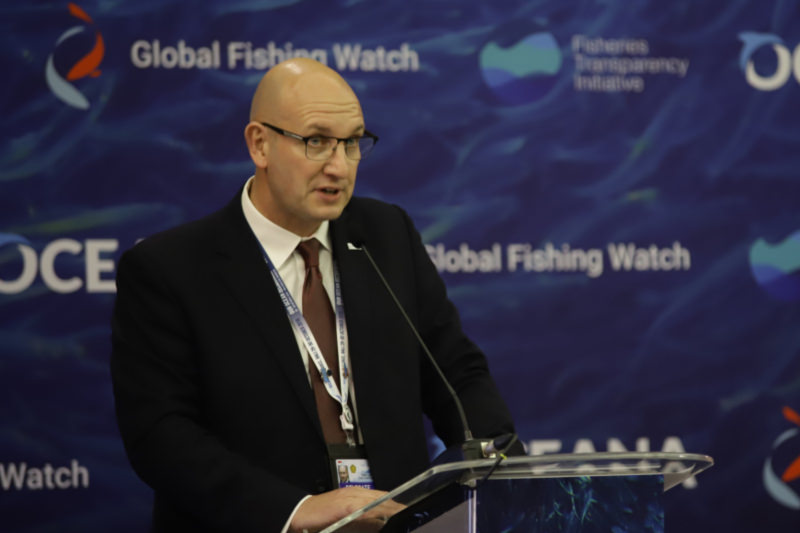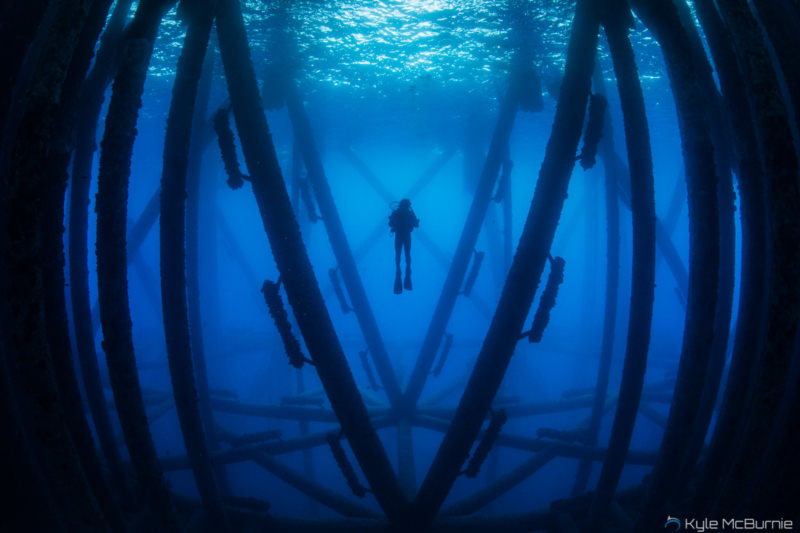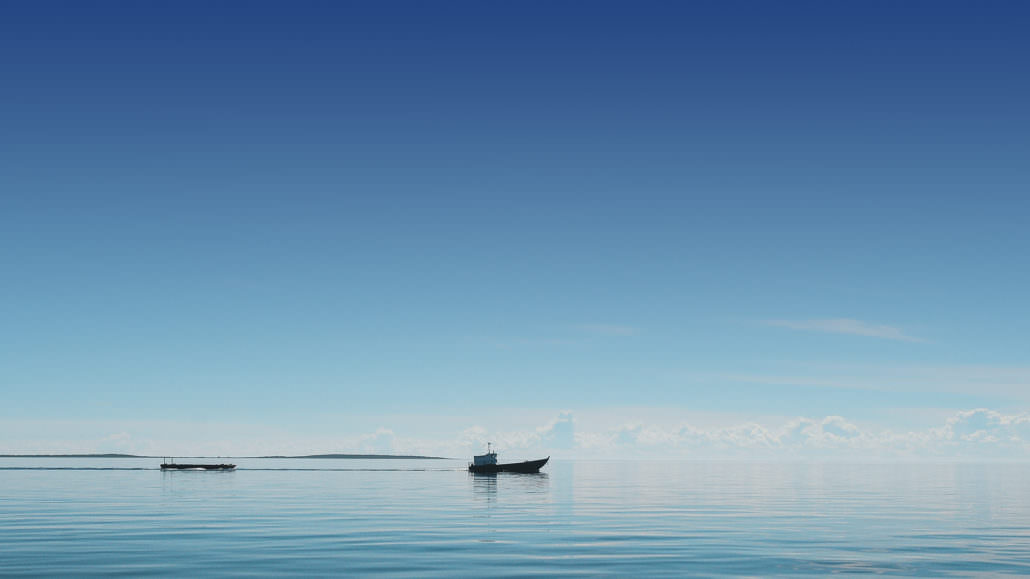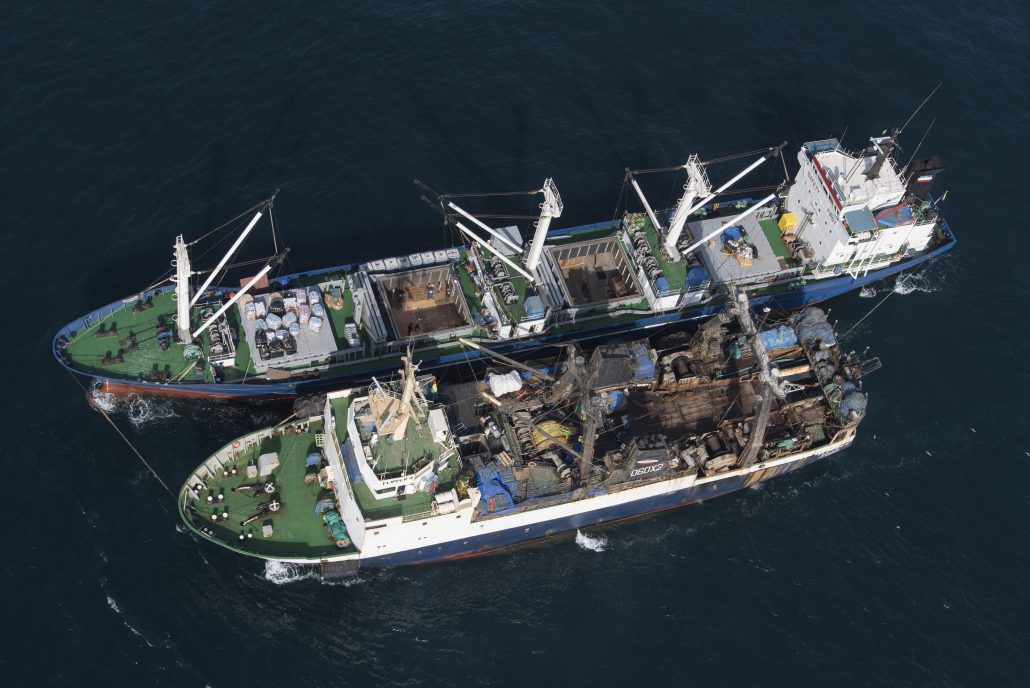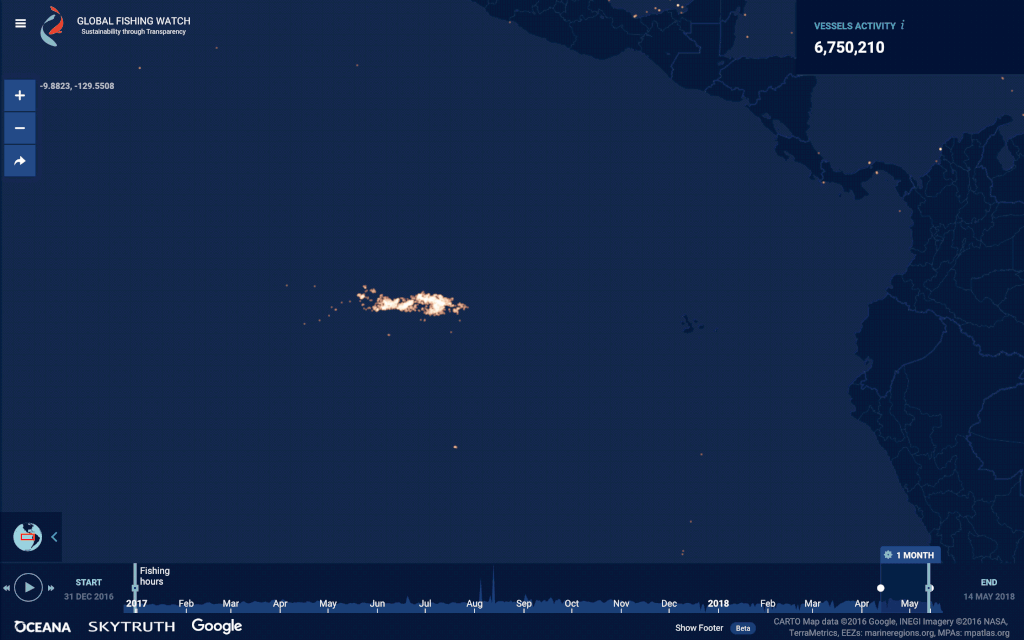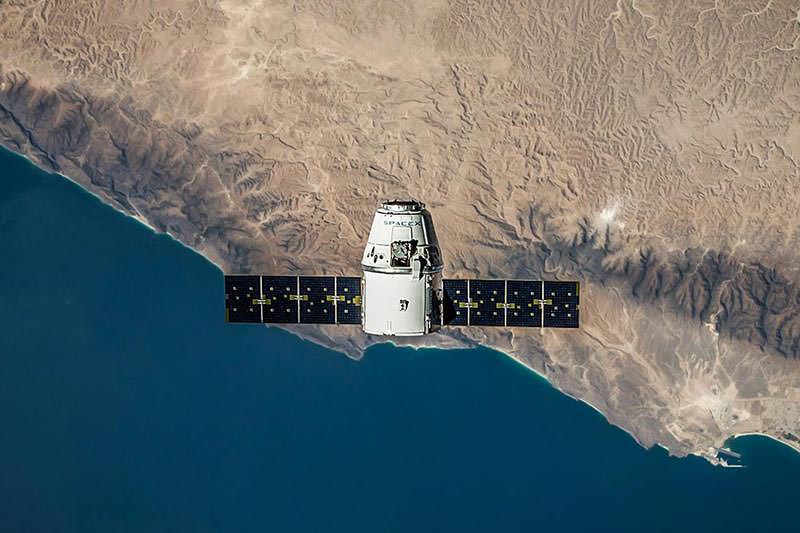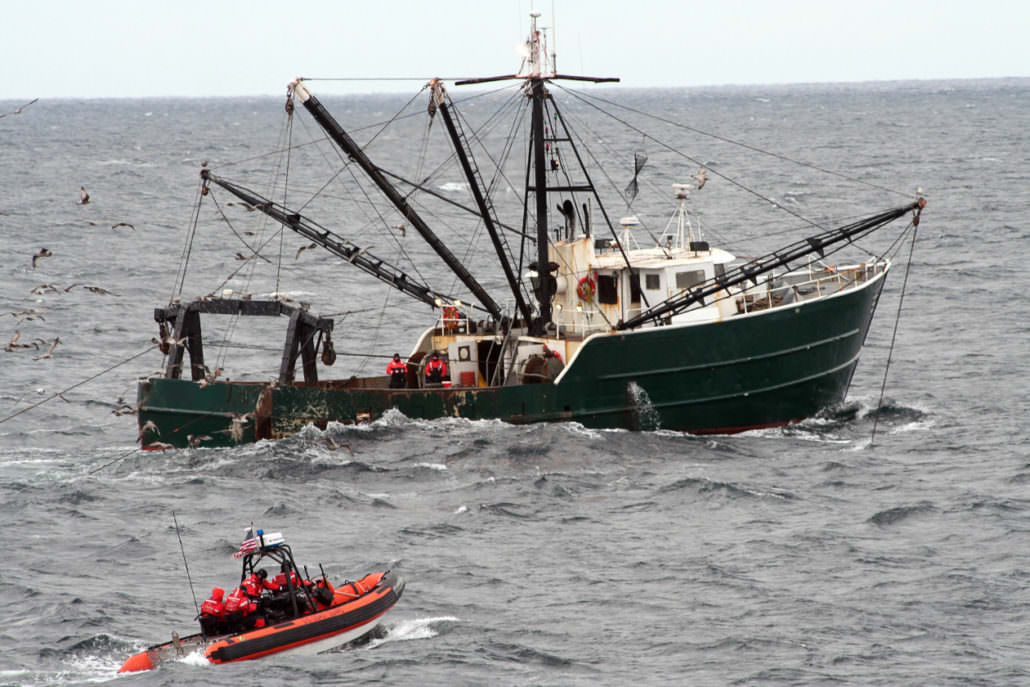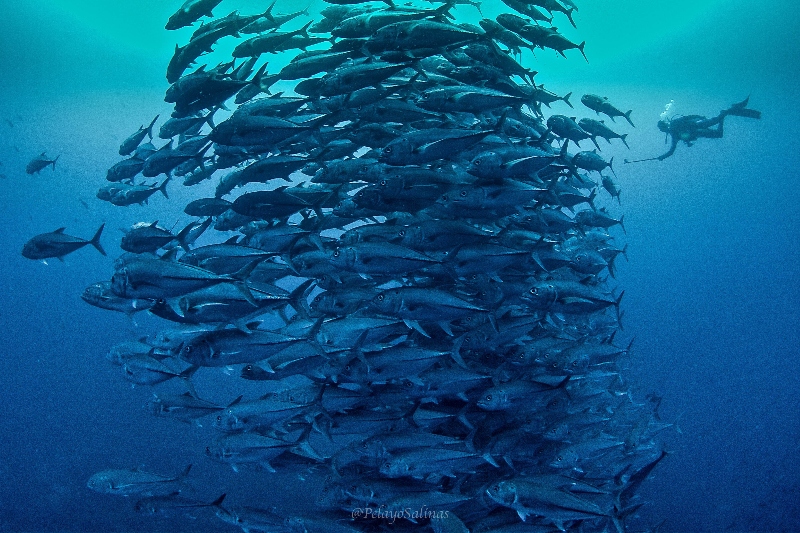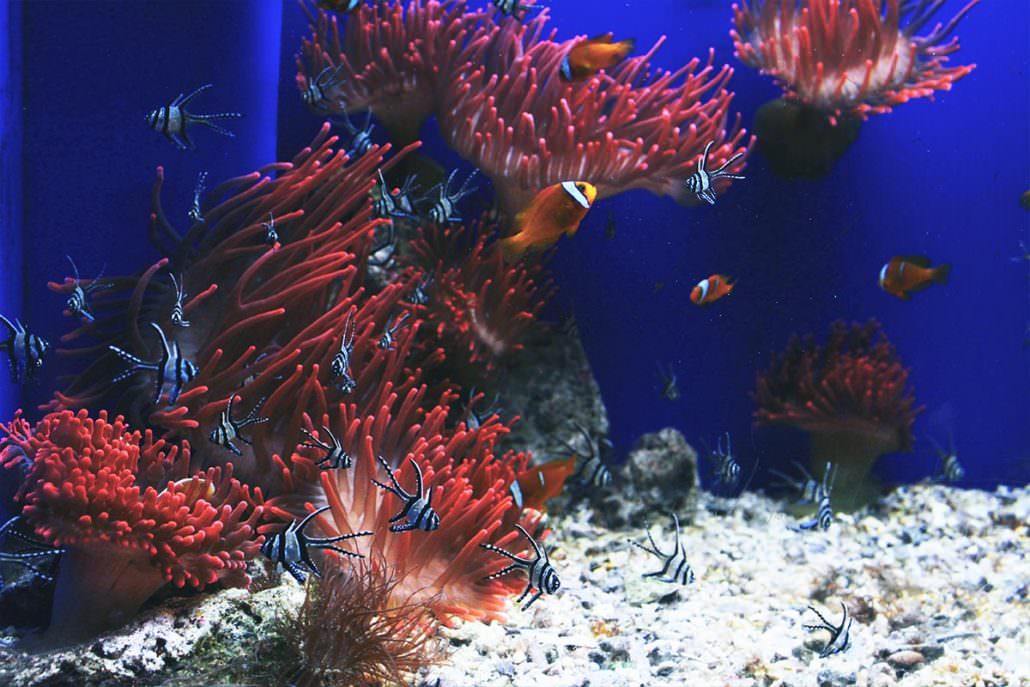Rhythms of the wild in global fisheries data
Eric Galbraith is an ICREA research professor based at the Autonomous University of Barcelona. Jerome Guiet is a postdoctoral researcher at the University of California, Los Angeles. Read their new study. Most of the activity that Global Fishing Watch monitors is carried out by industrial fisheries, working for profit. These businesses are run and staffed […]
Rhythms of the wild in global fisheries data Read More »
